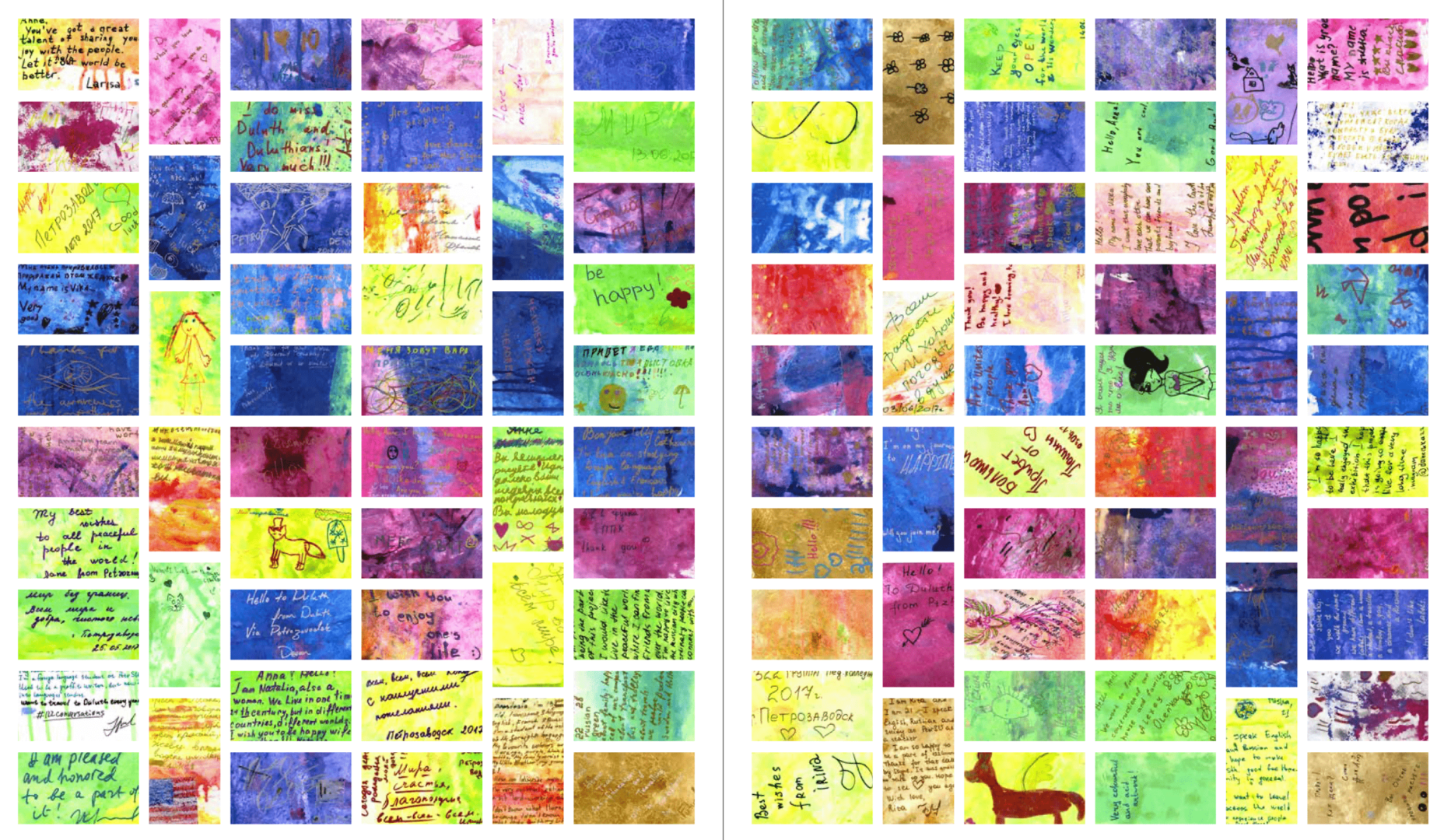Arts For Social Change: Intersections of Innovation, Impact and Advocacy
by Craig Phillips April 14, 2016
International NGOs—along with global donors, companies, and individual change makers—are always on the lookout for innovative and unique approaches to new programming. Our field is still negotiating the transition from traditional best practices to contemporary opportunities for new ideas and opportunities, but there’s no difference of opinion on the need for innovation. Besides this hunt for ideas being a necessity in any modern organization’s sustainability, what really lies at its core is a question of impact and tangible change.
New tools in technology are a force, from mobile apps to 3-D printing; technological advances are leading to new opportunities for social, political, and economic change, among others. New tools are important, maybe even essential elements to innovative approaches to our work, but they can also be used to give the impression of innovation when originally there was no innovation within the approach, strategy, or process. Tools don’t make impact on their own; it’s the processes and underlying theories of change that guide how these tools are used to serve larger goals.
Utilitarian Arts for Peace
When we talk about incorporating arts as a tool within international development and peace building programing, it may at first seem like a harmless distinction to implement. Conversely, it in fact reduces arts and artistic expression to a utility that is merely used to reach a tangible and measurable result. Though arts need tools in many cases, the creation of art itself is not a tool. It is a process; a process of change, a creative process of transformation of the individual and society they inhabit.
When our view of arts shifts from tool to process, our mentality in approaching new program development also shifts. Rather than putting a painting day as an activity to beautify our work plans (i.e. as a tool), we begin the process of developing a program with arts and creativity as a fundamental perspective, strategy, and lens through which we paint our program design.
Arts on the Agenda
Along these same lines, artists—rather than being seen as tools or techniques—will be viewed as equal partners in shaping the methodology and expected outcomes of a project. Why is this essential? Simply put, every international organization has their own motivations, whether it’s their own mission statement, a theory of change, the objectives set by their proposal, or defined and steered by their donor institution. Blending artistic expression and global agendas can be a slippery slope, with the biggest casualty being authenticity. However, we can’t throw our needs to set goals, metrics, and outcomes to the wind and embrace complete spontaneity. This tension is still being negotiated, and is what makes embracing authenticity in the arts such a challenge.
Just as organizations like Partners seek local organizations for all projects—engaging and discussing program design to ensure authenticity and contextual relevance—so too do artist partners need to be engaged on the same level, if not more deeply. We speak about being authentic in our partnerships, informed deeply by our linkages throughout PDCI, local partner organizations, and beneficiaries. Being authentic to artistic expression is also being open to the reality that true expression is unpredictable and may not conform to your agenda or expected outcomes.
Arts programming takes many forms; visual arts, music, literature, theater, dance, film, storytelling, architecture, and more. There are examples across the globe of the transformational potential of the arts on global perceptions, community reconciliation, trauma healing, and individual shifts in worldview. Events like the Festival Au Desert in Mali or the Mogadishu Music Festival in Somalia bring indigenous and international musicians together to connect, inspire, and heal communities, while symbolizing a new start in post conflict zones. The Ajoka Theatre in Pakistan has been creating spaces for new conversations in peacebuilding and conflict resolution in South Asia through theater for over 30 years, while “Syria: The Trojan Women”, an all-Syrian female cast production, brings to the forefront the women of Syria based on Euripides’ 2500 year old text on the plight of Trojan women.
There is no discipline that fosters and inspires the ability to imagine a peaceful society more than the arts. There is no method that breaks barriers, builds bridges, connects cultures, and engages our shared values and principles more than the arts. There is nothing else that can connect communities, move individuals to act, and strengthen collective ties. There are many stories of success, however the interminable process for change must be understood and embraced.
Trusting the Process
Opening up to the unpredictability of a true artistic process may be frightening for international program implementers, who are often bound by quantitative and qualitative indicators for monitoring and evaluation that may not suit the nature of their project. Can we accept the fact that the benefits of authentically engaging arts are not always tangible, immediate, and measurable?
Well, in all honesty the benefits and value of international peace building programing is not always tangible, immediate, or measurable. Since we believe in the process, we continue the work that needs to be done. Eva Rodr√≠guez Bellegarrigue, director of Transformando Conflictos El Salvador and avid advocate for theatre arts for social reform within our PDCI network, has commented, “I’m not doing this work because I expect to see immediate change, I do this work for the generations that will come after me.” There are numerous sectors contributing to the “slow-slog” of peace building, social change, good governance, strong civil societies, and inclusive communities. Still, when we as an international community begin to view arts not only as an aesthetic tool, but also as a process for change and transformation, authentic and positive social change will manifest.

